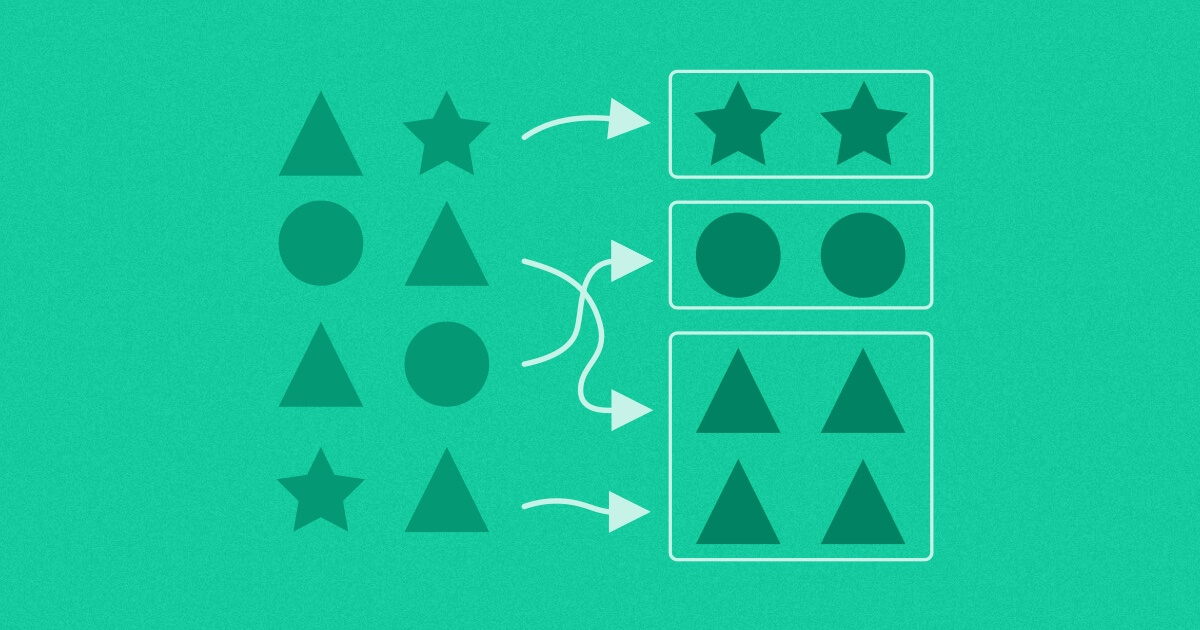We are surrounded by a lot of information today. It can be overwhelming at times, especially if you need to remember a large amount of information.
Fortunately, there is a useful method called chunking that can help with this. And you’re probably already using it in other parts of your life.
In 1956, psychologist George A. Miller posited that short-term memory can manage to hold five to seven units of information, with the sweet spot being seven (hence the title of his famous paper: “The magical number seven, plus or minus two: Some limits on our capacity for processing information.”).
These units of information can be anything from numbers to words to phrases, but for short-term memory, that magical number seven seems to be the common limit when it comes to how much we can remember at a time. Chunking, however, is a way to get around this.
What is Chunking?
Chunking is simply grouping related units of information that are also unrelated to other units of information. Each chunk of information is distinct and does not overlap with other chunks of information. By chunking into related and distinct groups, you assign meaning and connections to information and decrease the number of things you need to remember.
Let’s say you have a to-do list you need to tackle:
- Walk the dog
- Go to the grocery store
- Clean the bathroom
- Do the laundry
- Feed the dog
- Get an oil change
- Run the dishwasher
Presented as it is above, it’s possible to remember the list, but it can be made easier to remember by implementing chunking:
Dog chores
- Walk the dog
- Feed the dog
Errands
- Go to the grocery store
- Get an oil change
House chores
- Clean the bathroom
- Do the laundry
- Run the dishwasher
By breaking the information into related categories, it’s simpler to remember the to-do list. When you add structure and associations to information, it makes it easier to recall.
One of the most common examples of chunking is phone numbers. Instead of 8675309, it’s much easier to remember when you chunk it into 867-5309. In its original, unchunked form, we need to focus on seven separate units of information, but by placing the numbers into two groups, it decreases our focus to two chunks of information. This in turn reduces the load on working memory and frees up space for other things.
How chunking affects our working memory
Working memory is defined as the information we hold that is readily and immediately accessible to us. It is what is being used when we process information, make decisions, and solve problems.
Our working memory is limited, and chunking allows us to hack those limits. As humans, we are naturally drawn to finding patterns and connections, and chunking takes advantage of that tendency.
In the 2019 study How does chunking help working memory? by Thalmann M, Souza AS, Oberauer K., they found that chunking helps improve working memory (WM) in several ways:
“A chunk reduces the load on WM via retrieval of a compact chunk representation from long-term memory that replaces the representations of individual elements of the chunk. This frees up capacity for subsequently encoded material.”
Try chunking
If you’re trying to memorize a list of terms, try grouping them into associations that make sense to you. Group words that are related or have similar meanings.

As you place terms in groups, look for connections between the terms – how do the terms within a group relate to each other? Creating connections helps to strengthen the sticking power in your memory.
Chunking is a very useful tool to effectively manage a large amount of information. Even though our short-term memory has a limited capacity, we can work within those limits to retain the information that we want to remember.


 learning science
learning science